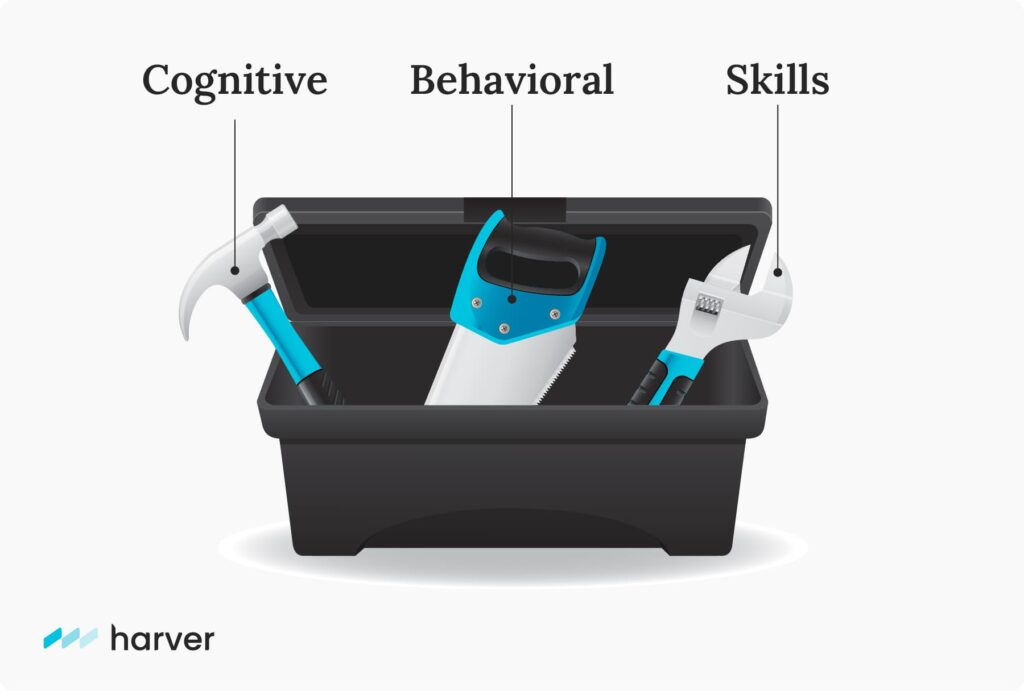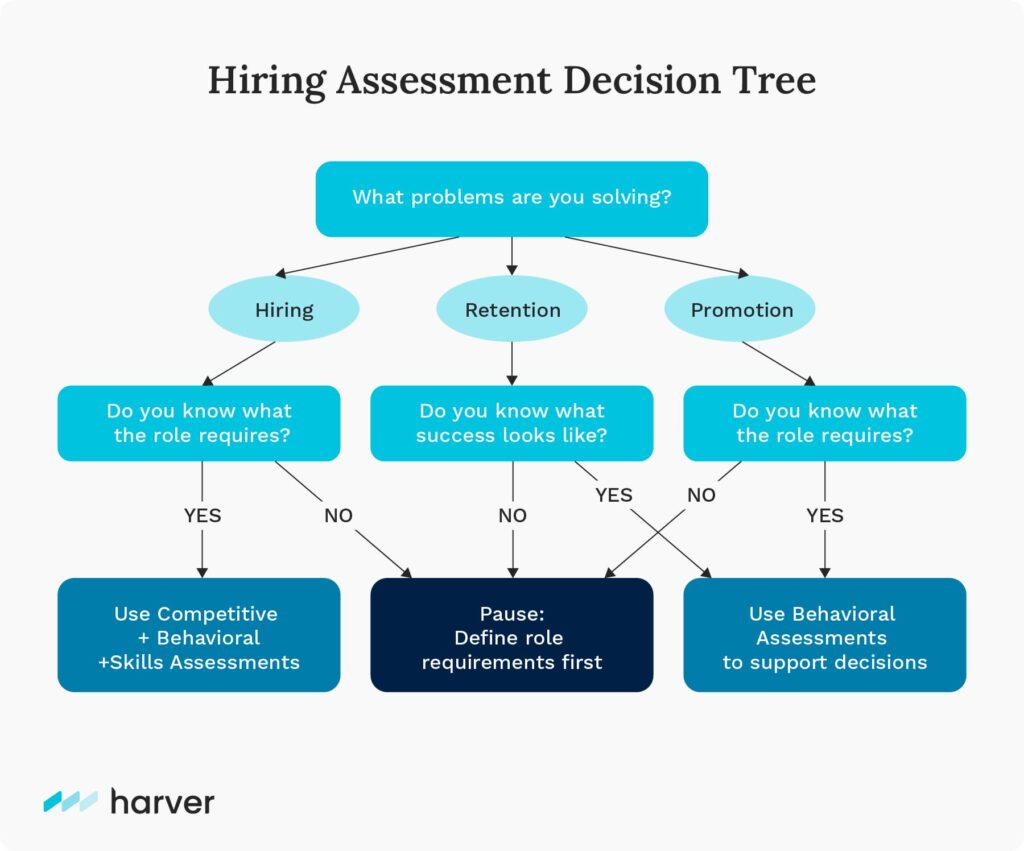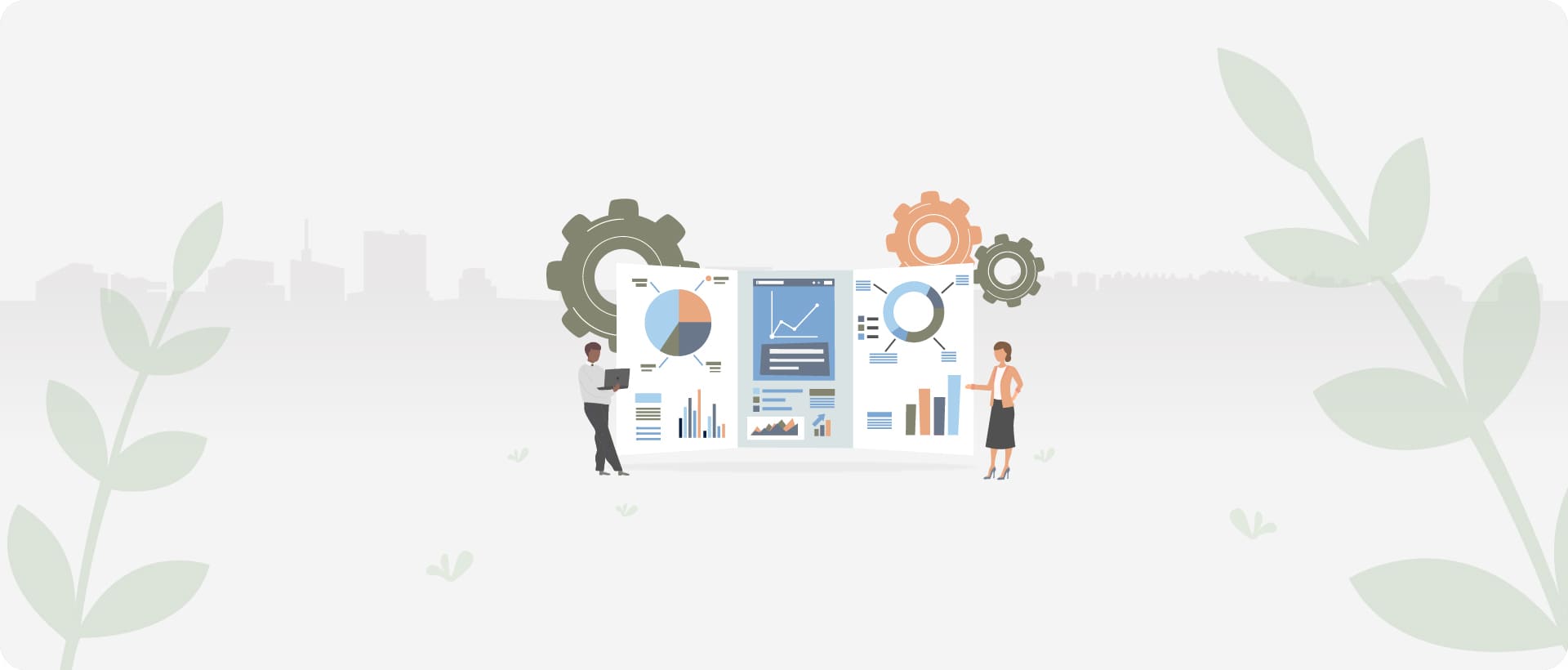Right now, I’m juggling two very different projects—one professional, one personal—and both are teaching me the same lesson about how we make decisions, use data, and solve problems.
At Harver, I’m helping customers improve hiring, promotion, and retention through talent assessments. At home, I’m renovating a 100-year-old house with a third floor full of surprises and—this is not an exaggeration—thousands of old, bent nails.
Here’s what I’ve learned: tools don’t solve problems—people do.
From Nail Pullers to Assessment Platforms: It’s All About Fit
Some nails come out with pliers. Others require the claw of a hammer or one of my three pry bars. And occasionally, I just hammer the nail back in and move on.
Each situation calls for judgment:
- What am I working with?
- Where is it stuck?
- What happens if I use the wrong tool?
Same goes for talent assessment tools.

There’s no universal solution in renovation—and there’s no universal solution in talent decision-making. Hiring assessments, promotion readiness evaluations, and skills tests are all valuable, but only when used intentionally and appropriately.
For a detailed guide on how to do this well, you might find this practical post on putting assessments to work pretty useful.
The Risk of Treating Assessments Like Magic
Assessments aren’t magic. They’re not automatic. And they are not interchangeable.
When companies use assessments without truly understanding what they measure, what they miss, and how they map to the role, the results can range from wasted time to active harm.
- The wrong tool can create false confidence
- Poor alignment can damage candidate experience
- Misuse can reinforce bias rather than reduce it
That’s why assessments should never be treated as one-size-fits-all solutions.
Without Expertise, Even Good Tools Go Wrong
Let’s be honest: most tools are neutral. What matters is how they’re used. A pry bar can save your hand—or bruise your knuckles. A psychometric test can predict performance—or give you a false signal.
It’s the same principle.
An assessment without context is just a blunt object dressed up in data.
An assessment with context becomes a precision instrument.
Why Assessment Expertise Matters in Talent Strategy
When used by experts, assessments can:
- Predict on-the-job performance
- Reveal hidden potential
- Help reduce bias and increase fairness
- Support faster and more confident decision-making
You can read more about that in this breakdown on how assessments impact hiring success—complete with research-backed examples and practical insights.
When used without expertise, assessments risk becoming just another checkbox. Worse, they can mislead teams into thinking they’re being objective when they’re not.
To get real value from hiring and promotion assessments, you need more than just access to the tool—you need the judgment to know when to use it, how to interpret it, and what to do next.

Ask This Before You Use Any Assessment Tool
If you’re thinking about incorporating a new assessment into your hiring or talent development process, ask yourself:
- Do we know what this assessment measures—and doesn’t?
- Does it align with the competencies this role actually requires?
- Who will interpret the results—and how will they be trained?
- What data or outcomes will tell us if this tool is working?
Assessments should never replace human judgment. They should inform it.
(And if you’re knee-deep in research mode, I highly recommend skimming through Harver’s Recruiting Tech Buyer’s Guide. It’s a sanity-saver that includes questions to ask about hiring assessments—especially useful if you’re trying to make sense of all the shiny HR tech out there.)
Final Thoughts from a Half-Rebuilt House
I’m writing this from the third floor of a partially demolished and partially rebuilt 100-year-old house. There’s sawdust on my keyboard. I’ll probably pull out another ten nails today.
But just like in my renovation project, what matters isn’t the tool—it’s how you use it.
So if you want better hires, stronger teams, and fewer bruised knuckles along the way, don’t just rely on assessments. Pair them with expertise. Understand what they’re for. Know when to use them. And trust that the best results come from thoughtful decisions—not shortcuts.


